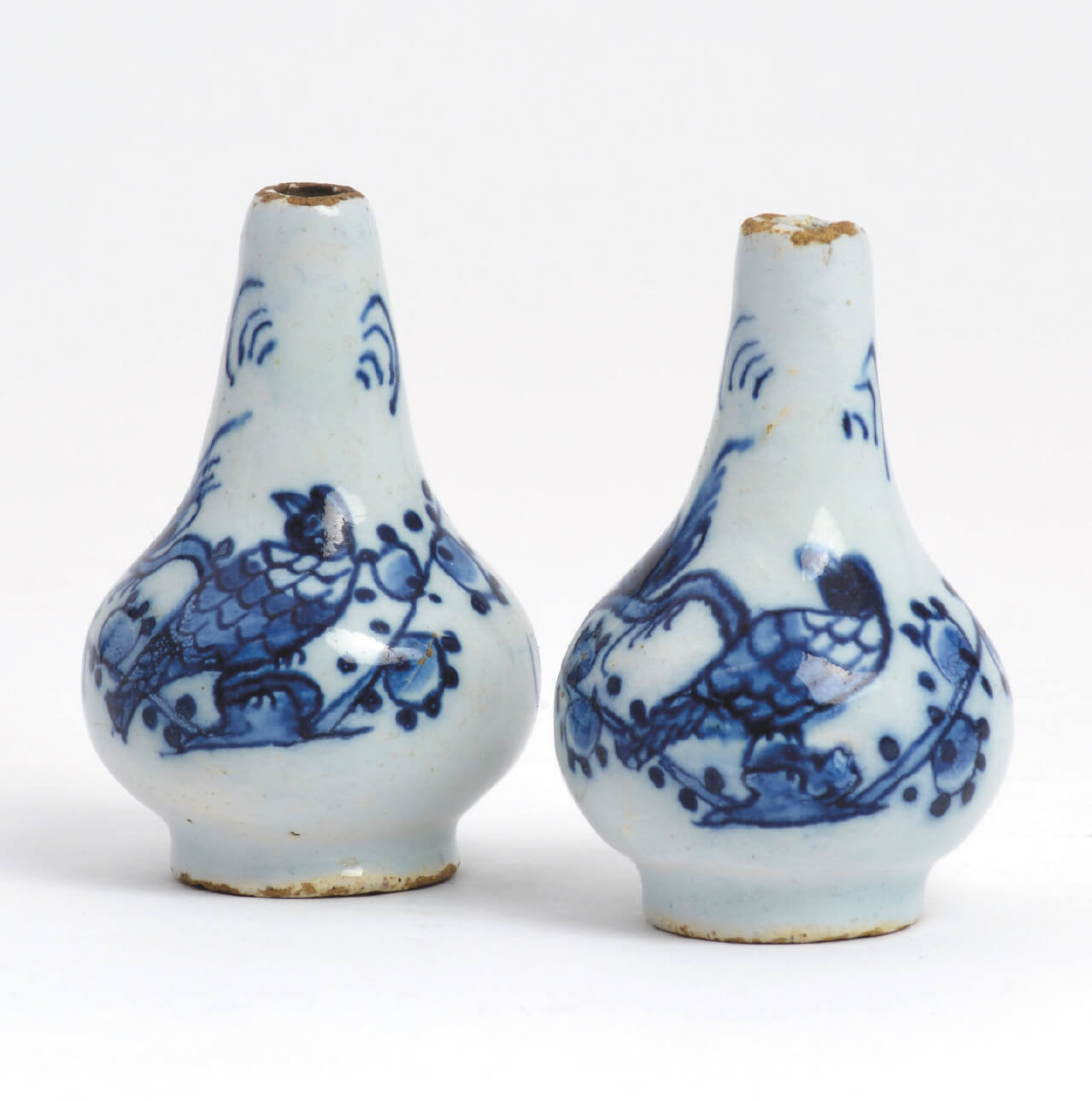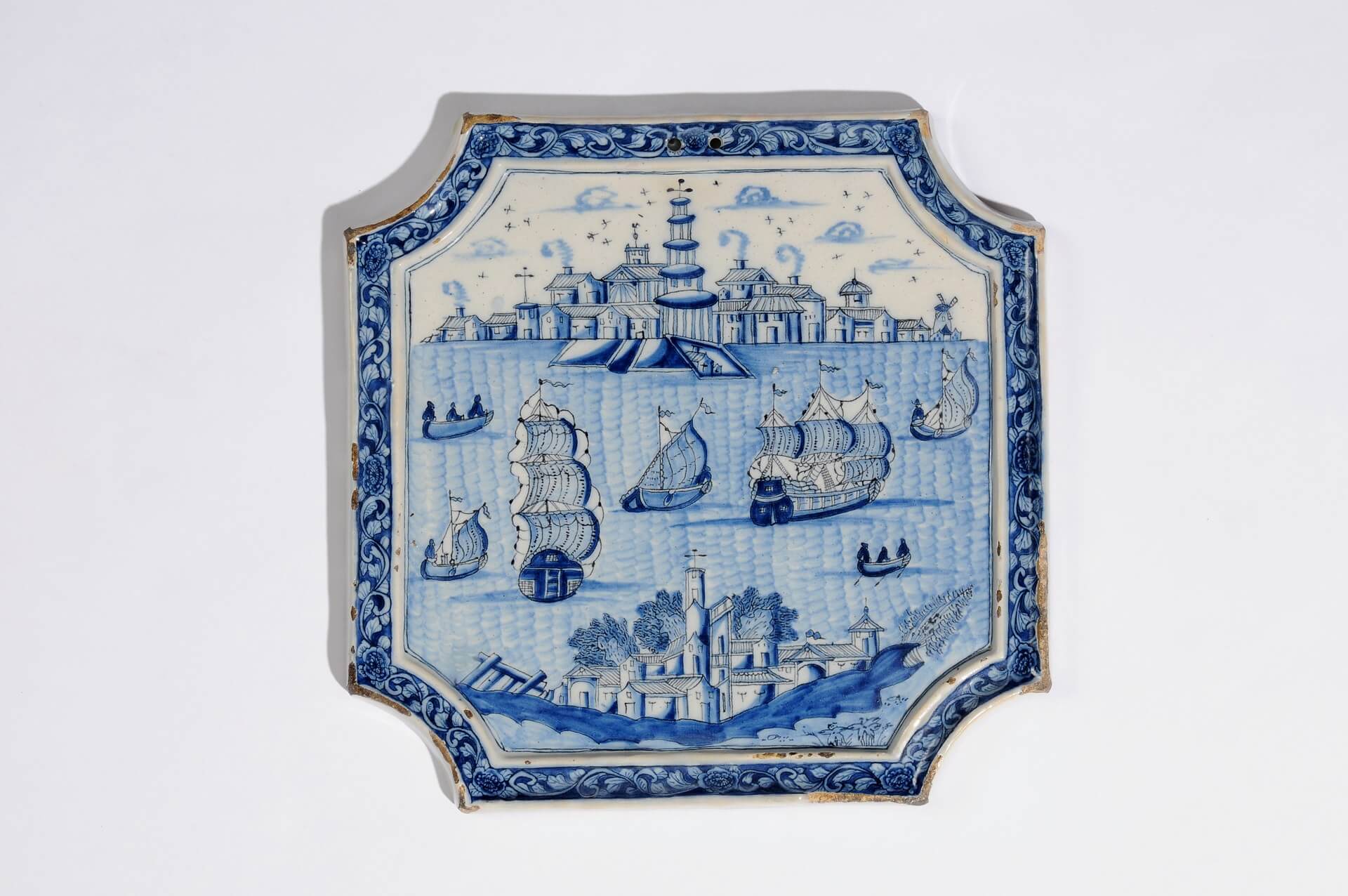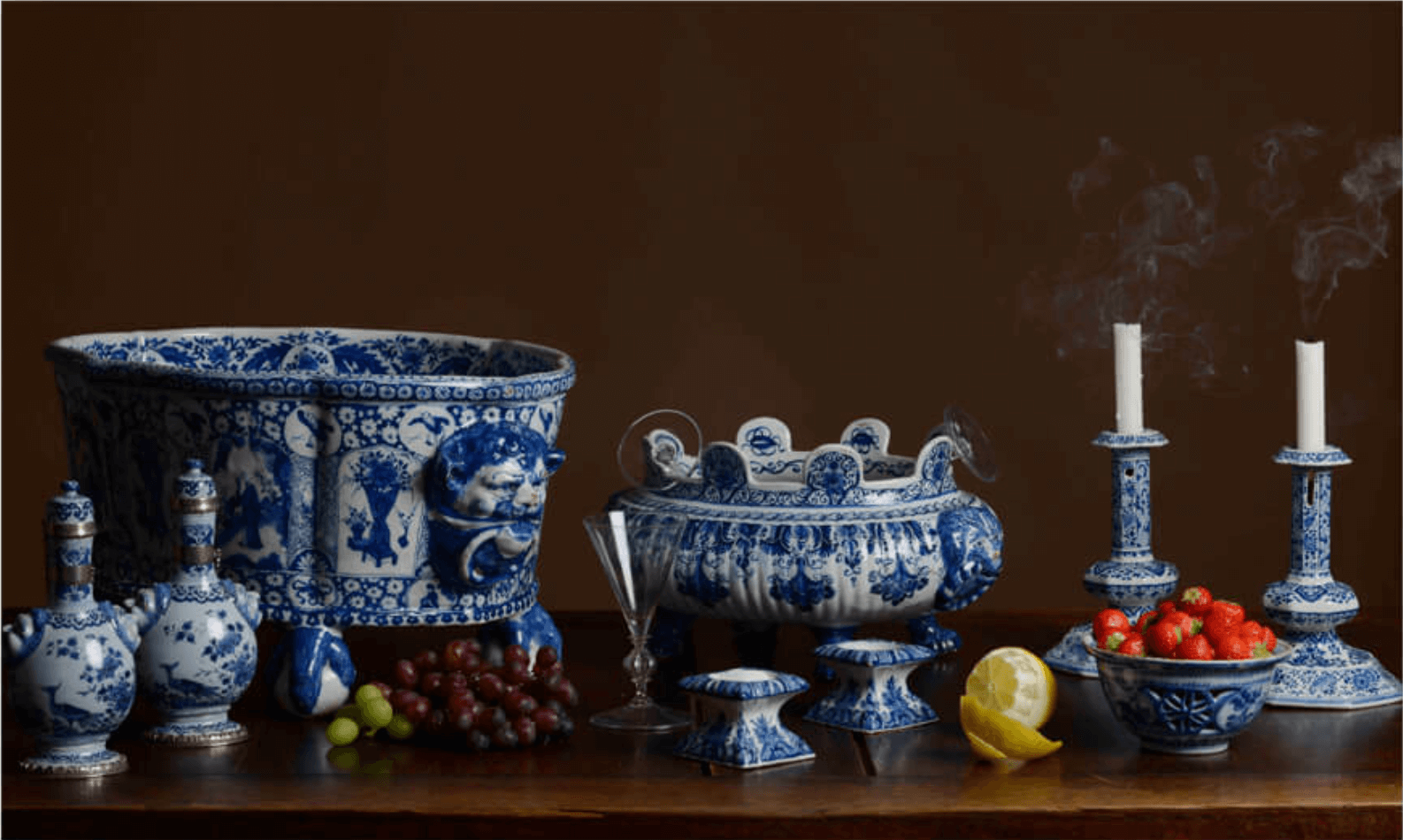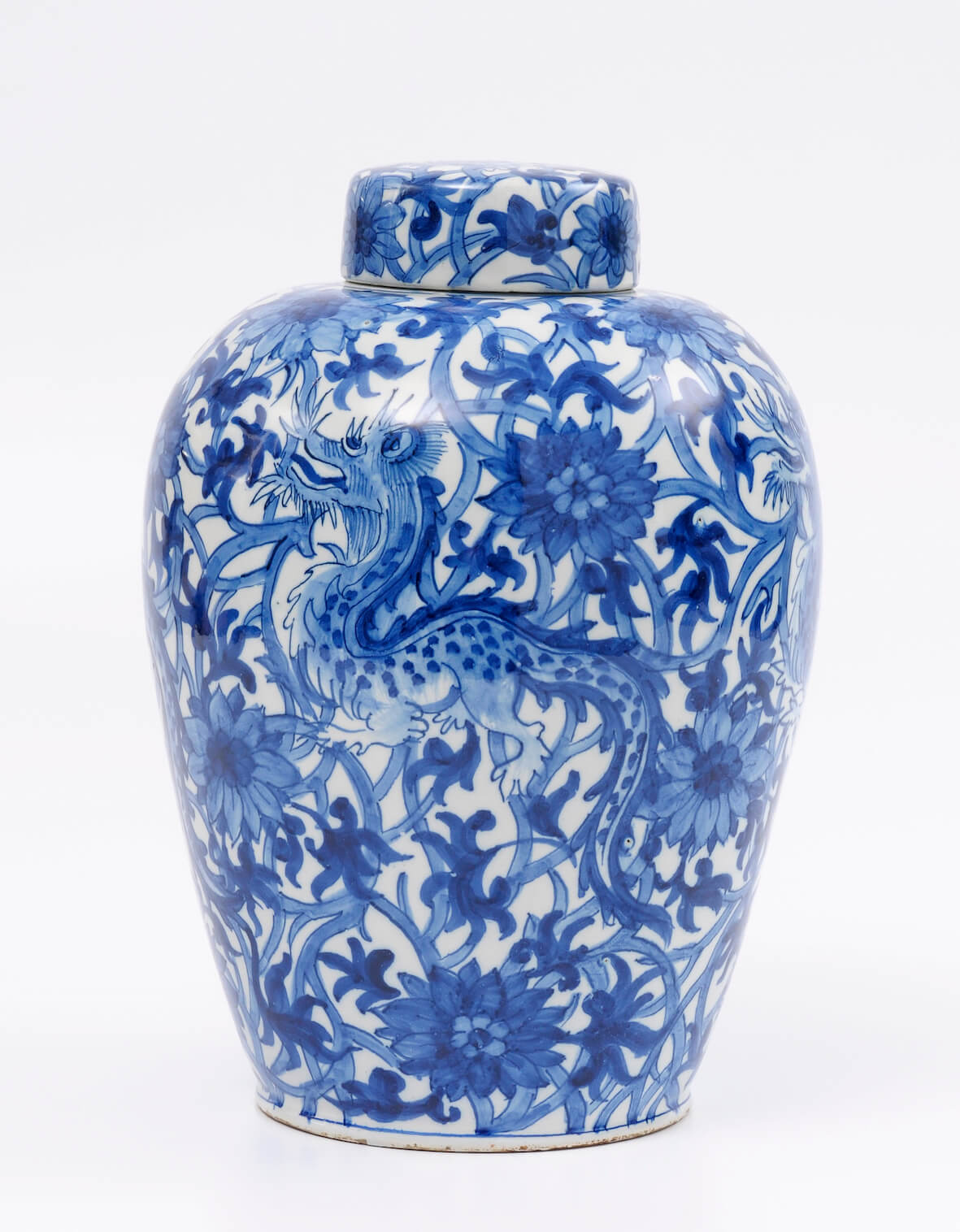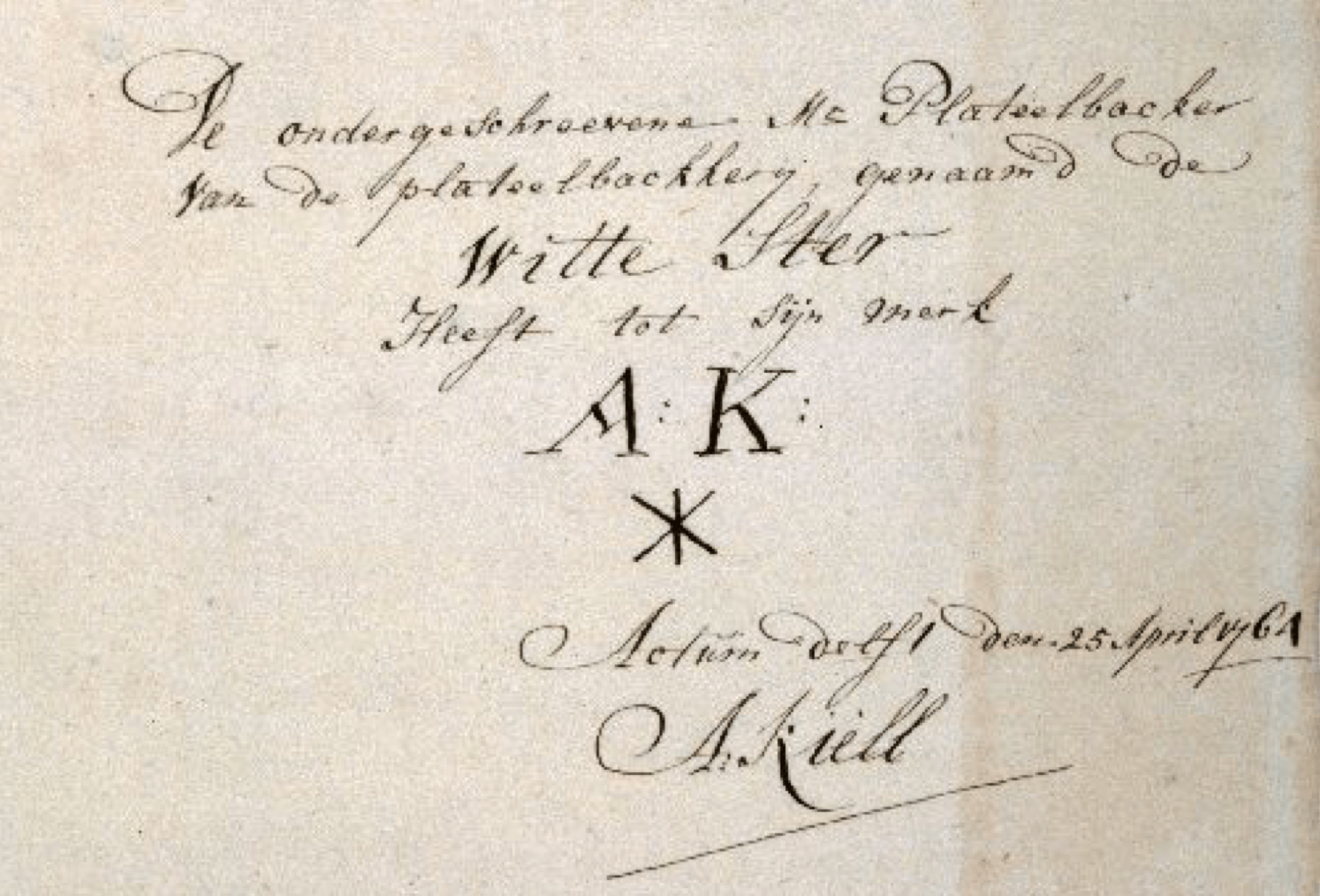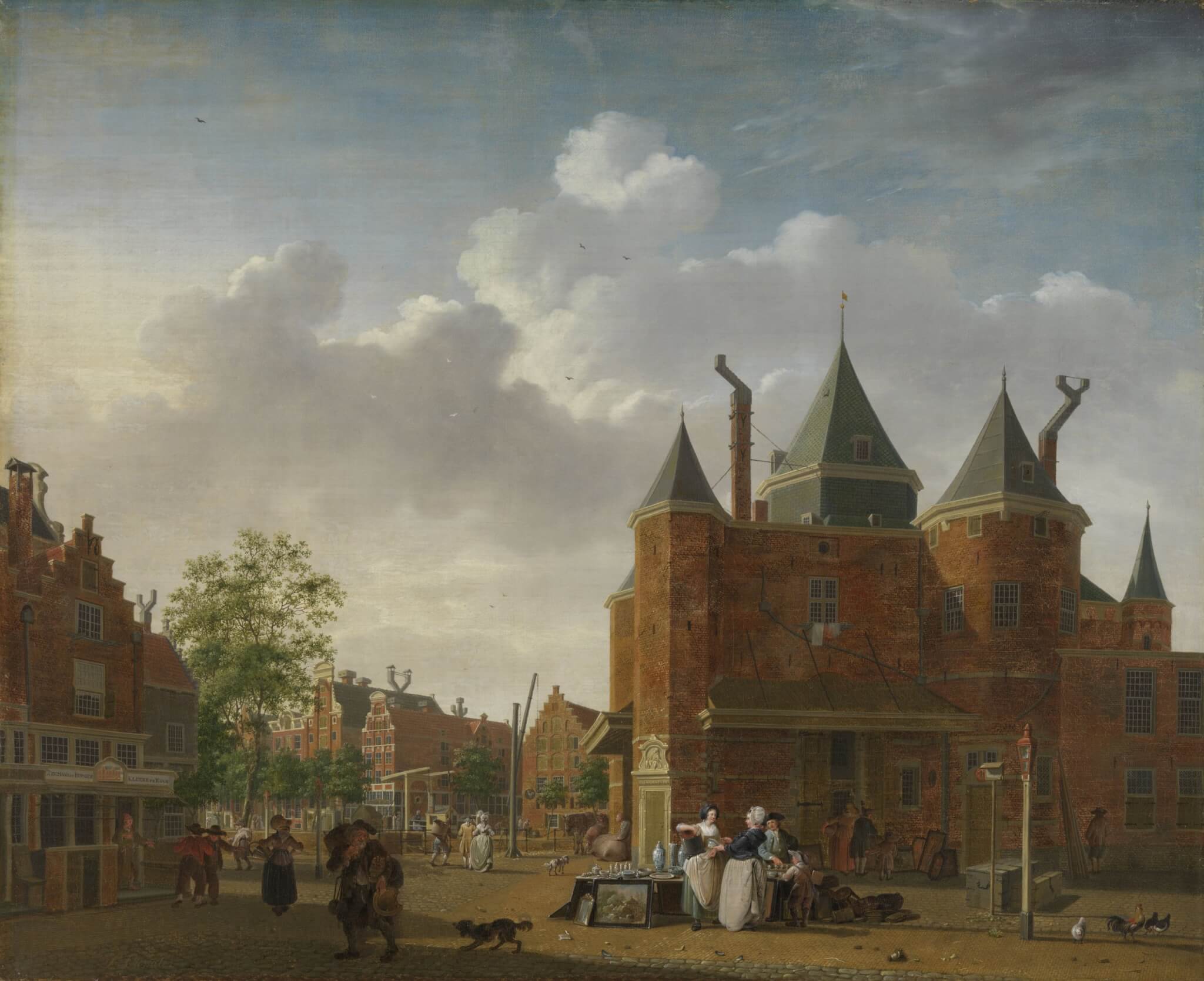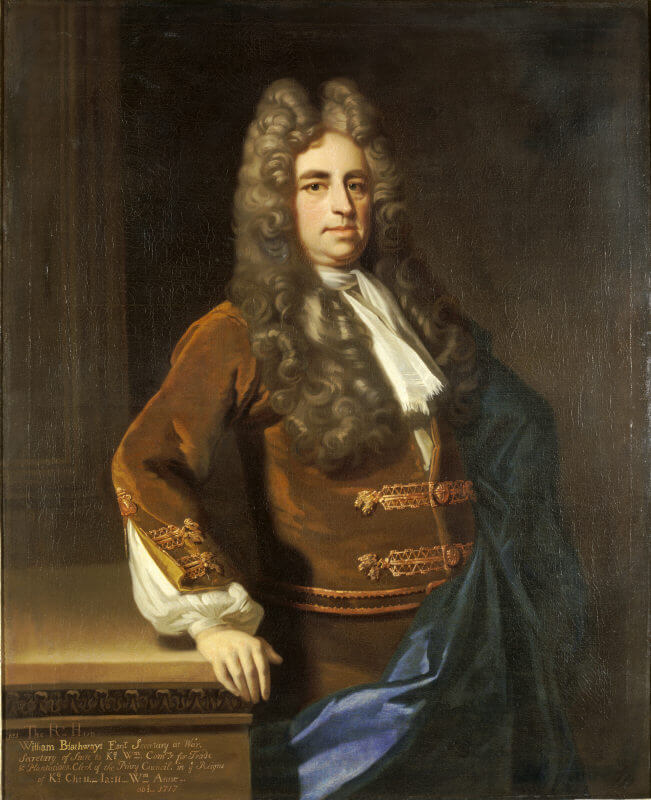Pair of Miniature Blue and White Bottle Vases
Every month we present you a special object from the Aronson Antiquairs’ collection. This month, we would like to show you this pair of miniature blue and white bottle vases from circa 1700. During the Golden Age of Holland, miniatures were often sold at annual markets or kermissen and were called poppengoed (doll’s ware). Rapidly, they…

